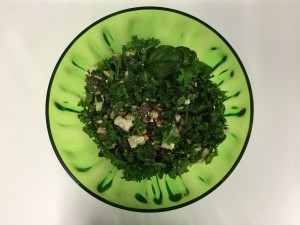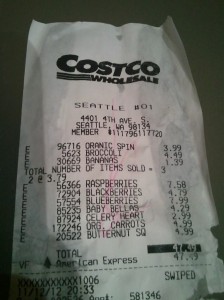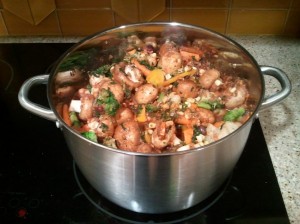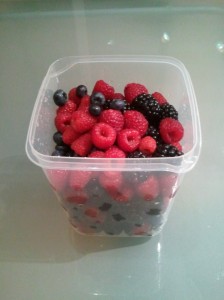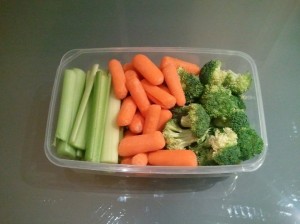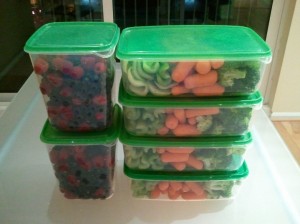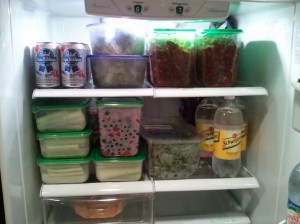One week remaining in the super healthy reset month, a.k.a. #healthyoctober, Sobetober, Octsober, and still going strong! It hasn’t been easy!!! In fact, the hardest part has been the sobriety, mostly because of the ubiquity of alcohol in my new locale/work environment. So instead, I’ve been drinking a cocktail of willpower, stubbornness, and fear of failure, which has allowed me to maintain a clean sheet. Hurray for questionable motives!
What’s that? What have I been eating? Well, as I mentioned in my previous post, it ain’t home cookin’. But what the New York lifestyle lacks in homemade, it makes up for tenfold in a cornucopia of options online and delivered in seconds. And healthy is trendy, so you better believe there are restaurants catering to whole-food, raw-food, gluten-free, local, organic, fair-trade, über-vegan, level five. And yet, my staple has been, shock of shocks, a salad. But not just any salad! A custom salad conjured up by mouse click with all the fix-ins a person with a primarily plant-based diet is proud to call his own.
My new employer, Yext, provides two free meals per day (yes, we’re hiring) when ordered on Seamless, a magical service that delivers pretty much any kind of food at pretty much any hour to your doorstep. (And if you live in New York, and you hadn’t heard of Seamless…you’re welcome. Also, you really should get out more.) Many restaurants allow you to “build your own salad,” where you can choose the leaves and various other toppings. My usual is something like kale/spinach, beans, grape tomato, red onion, Portobello mushroom, avocado, and tofu, with some modifications here and there depending on what the place offers. I always get the large salads, but they’re just not big enough. So…I order two. Because of the pricing structure of the “build your own salad” offerings, and because variety is the spice of life (and basically required when you eat salad every day!), I build two completely different salads. And then, well, I think you know what happens next…
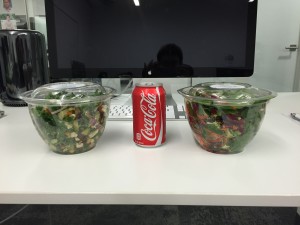
Using the old Coke can technique measuring stick for size reference.
